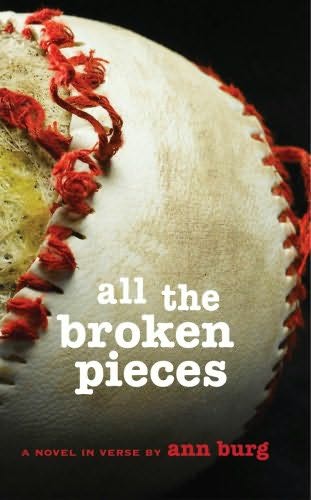 I should preface this review with the fact that I’ve never read any Richard Peck before. None. Not a single book. This is the first time I’ve encountered the formidable Mrs. Dowdel who has, apparently, completely won the adoration of every other librarian on the face of the planet. It must be said that after finishing this book, she won me over too. Even if I didn’t feel as though I got a complete picture of her (and that I was missing some sort of inside joke).
I should preface this review with the fact that I’ve never read any Richard Peck before. None. Not a single book. This is the first time I’ve encountered the formidable Mrs. Dowdel who has, apparently, completely won the adoration of every other librarian on the face of the planet. It must be said that after finishing this book, she won me over too. Even if I didn’t feel as though I got a complete picture of her (and that I was missing some sort of inside joke).It was a road trip down memory lane for Bob, whose name, I continually forgot until someone/somehow/someway it was brought it up again in the text. I didn’t find any of the characters to be very well developed, but Bob was downright forgettable. He was like a shadow – I’d catch a glimpse of him every now and then and then *poof* off into the ether he’d go and I’d get wrapped up in the goings on of everyone else.
This makes it sound as though I didn’t enjoy the book, which isn’t true. I did enjoy this book, Peck’s language is wonderful, his phrases are delightful, and the story was cute. I just thought there was a whole lot of back story I was missing. Mrs. Dowdel was very humorous, very engaging, but not terribly well developed. We know she doesn’t neighbor, until of course she does, she’s got a shotgun at the ready, and is basically a loveable curmudgeon with a hottie for a grandson. But what about Bob? What about him people? I don’t even know what he looks like and yet he’s just finished telling me a 164 page story. I know he’s 12, not particularly brave, and that he fades into the background .
It read exactly like a humorous story your grandpappy would tell you about his years growing up in small town America. Which is great, it makes you laugh, you reminisce, but there isn’t any real meat to the story. He’s edited it out into comical anecdotes that are child friendly. And I do think children will appreciate this story. There is plenty of physical humor here to keep the story going.
---------------------------
Book Source: Library Copy













